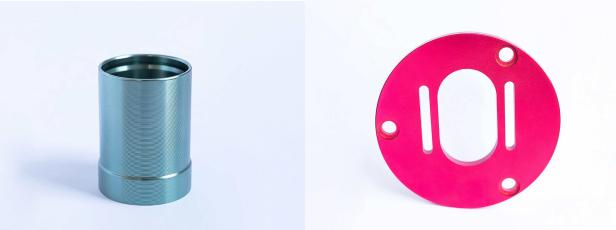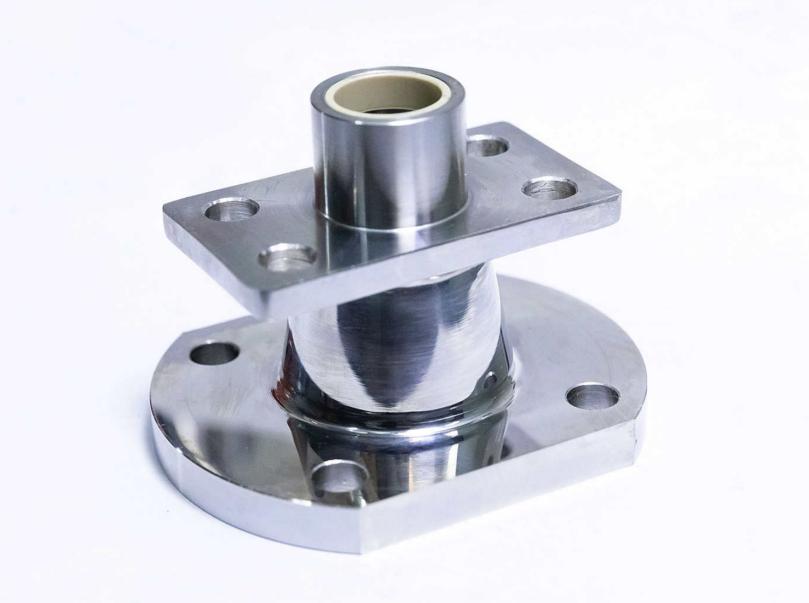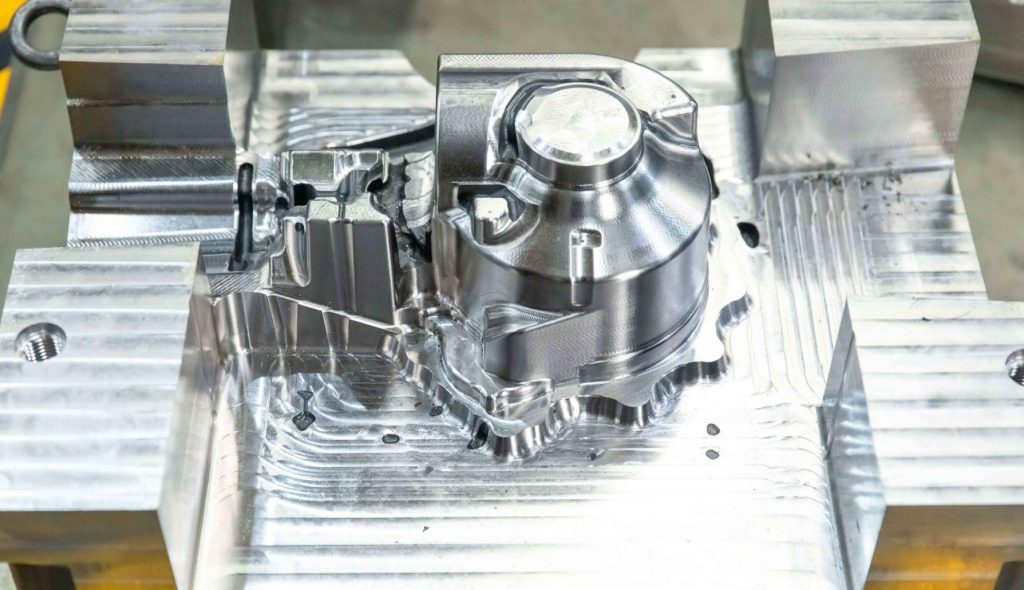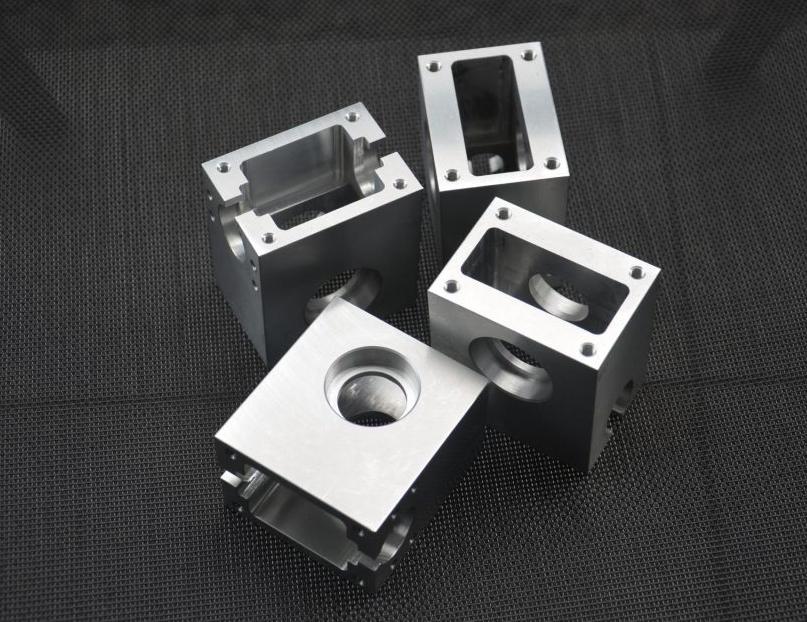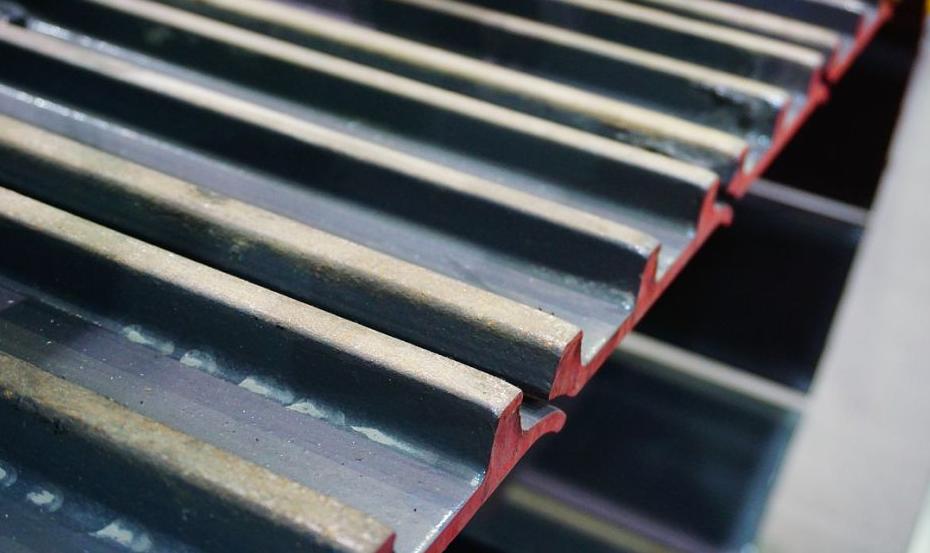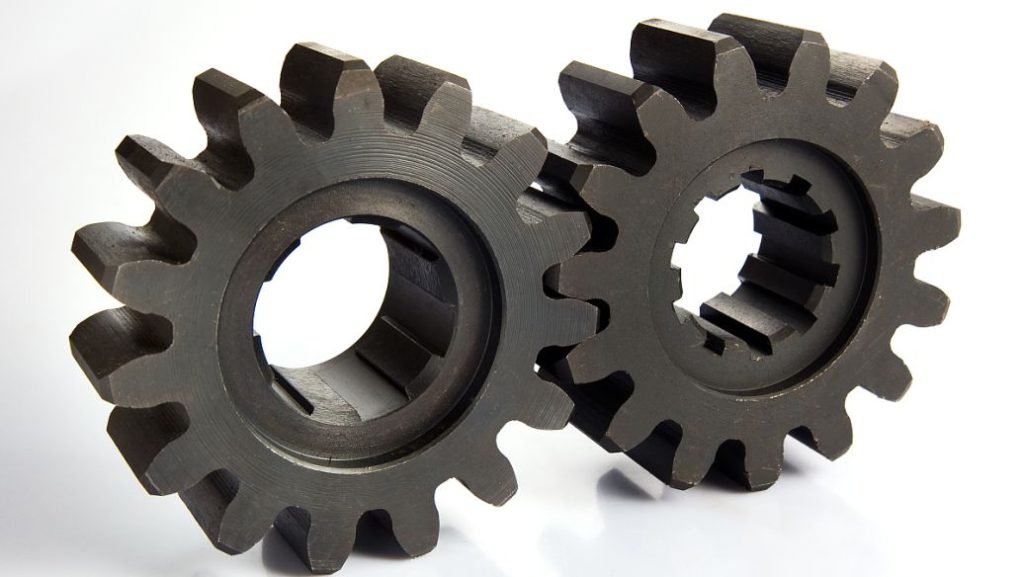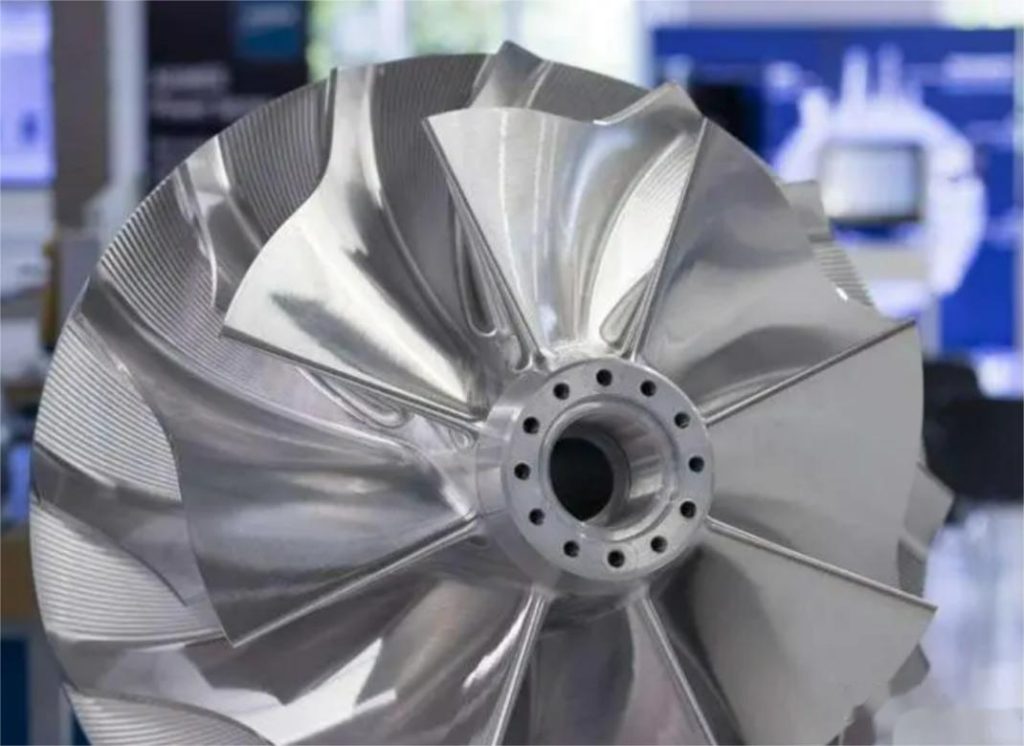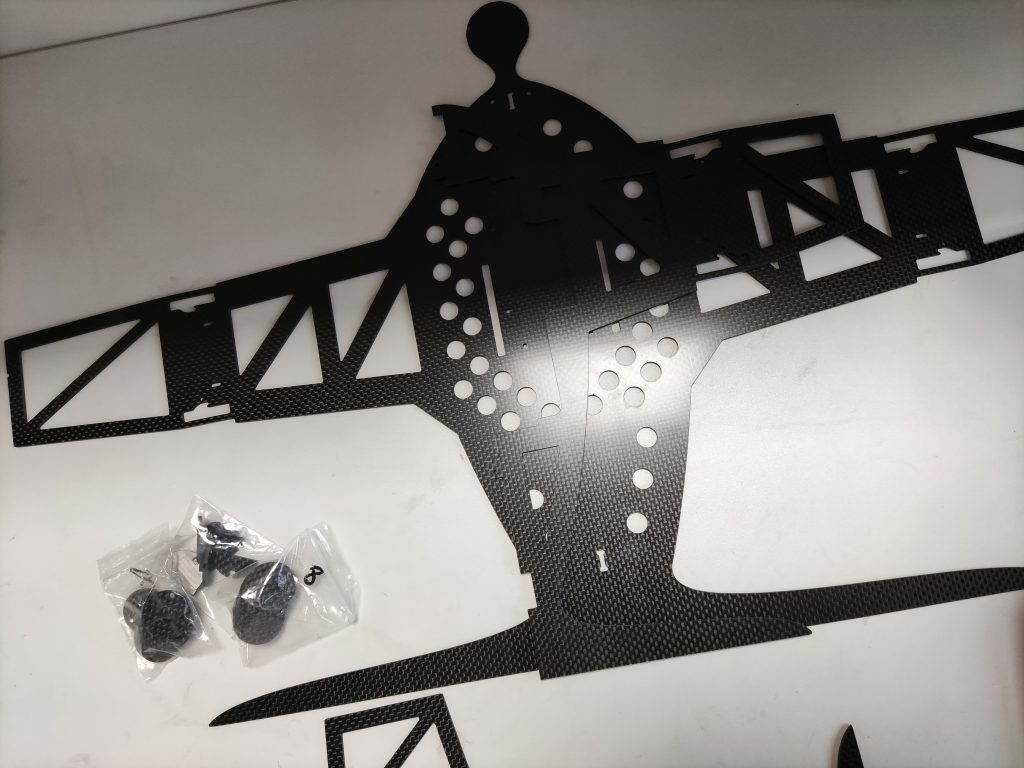Aluminum is a versatile material widely used in CNC milling due to its lightweight properties, machinability, and corrosion resistance. However, selecting the appropriate aluminum alloy for a specific application can be challenging given the numerous options available. JTR not only provides the CNC milling aluminum parts but also looks into the intricacies of aluminum alloy selection for CNC milling, exploring the applications of different alloys, common misconceptions, and crucial factors to consider when determining suitability for machining. By understanding these aspects, manufacturers can optimize their CNC milling processes and achieve superior product quality.
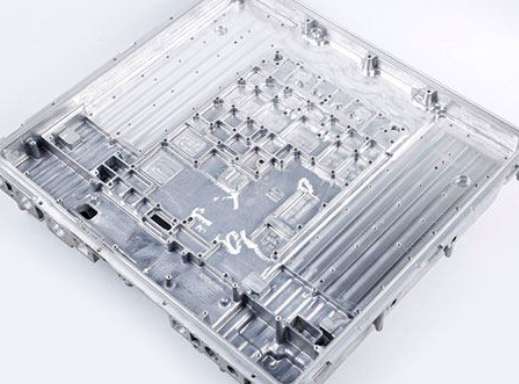
What Are the Applications of Different Types of Aluminum Alloys in CNC Milling?
| Aluminum Alloy | Key Properties | Common Applications in CNC Milling | Detailed Explanation of Applications |
| 6061 | Excellent machinability, good corrosion resistance, versatile | Aerospace components, automotive parts, architectural elements, electronic enclosures | Its versatility makes it suitable for a wide range of applications. Its machinability allows for complex shapes to be easily created, while its corrosion resistance makes it ideal for outdoor or marine applications. |
| 7075 | High strength-to-weight ratio, good fatigue resistance | Aerospace components, structural parts, bicycle frames, sporting goods | Known for its high strength-to-weight ratio, 7075 is commonly used in applications where weight savings are critical, such as aerospace and automotive components. Its fatigue resistance also makes it suitable for parts that experience repeated loads. |
| 5052 | High corrosion resistance, good weldability, non-magnetic | Marine applications, chemical processing equipment, food processing equipment | With its excellent corrosion resistance, 5052 is often used in marine environments, chemical processing equipment, and food processing equipment where exposure to harsh conditions is expected. |
| 2024 | High strength, good fatigue resistance, heat treatable | Aerospace components, structural parts, automotive racing components | Its high strength and heat treatability make 2024 a popular choice for aerospace and high-performance automotive applications. It is often used in components that require both strength and lightweight properties. |
| 5083 | High strength, good weldability, excellent corrosion resistance | Marine applications, pressure vessels, transportation equipment | This alloy offers a combination of high strength, good weldability, and excellent corrosion resistance, making it suitable for marine applications, pressure vessels, and transportation equipment. |
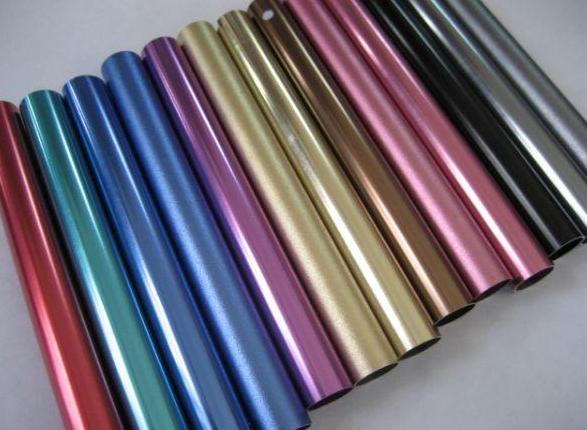
What Are the Common Misunderstandings When Choosing Aluminum for CNC Milling?
When choosing aluminum alloys for CNC milling, several common misconceptions can lead to suboptimal results. Understanding these misconceptions is crucial for achieving high-quality and efficient machining processes.
1. Underestimating Material Hardness
While aluminum alloys are generally considered lightweight, certain alloys, such as the 7075 series, possess exceptionally high hardness and strength. Incorrect machining parameters, such as excessive feed rates or inadequate tool selection, can lead to tool breakage or poor surface finish. It’s essential to select cutting tools and parameters that are specifically designed for the hardness of the aluminum alloy being machined.
2. Neglecting the Importance of Coolant
Aluminum alloys generate significant heat during machining, which can lead to thermal expansion, tool wear, and poor surface finish. Proper coolant selection and application are crucial for dissipating heat and improving machining performance. Coolants specifically designed for aluminum alloys can enhance tool life and surface quality.
3. Improper Tool Selection
Choosing the right cutting tool is critical for successful aluminum machining. Specialized aluminum alloy cutting tools often have optimized geometries and coatings that provide superior cutting performance and surface finish. Factors such as tool material, geometry, and coatings should be carefully considered based on the specific alloy and machining conditions.
4. Ignoring Stress Relief
Aluminum alloys can retain internal stresses after machining, which can lead to distortion and dimensional inaccuracies. Stress relief processes, such as natural aging or vibration treatment, can help to reduce these stresses and improve dimensional stability.
5. Overreliance on High-Speed Machining
While aluminum alloys can be machined at high speeds, excessive cutting speeds can lead to premature tool wear and poor surface finish. A balanced approach, considering factors such as tool life, material removal rate, and desired surface finish, is essential for optimizing machining parameters.
6. Neglecting Workholding Accuracy
Aluminum alloys have relatively low modulus of elasticity, making them susceptible to deflection under cutting forces. Improper workholding can result in workpiece movement or distortion during machining. Using appropriate fixtures and applying sufficient clamping force can help to ensure accurate machining.
7. Underestimating Machining Difficulty
Some aluminum alloys, such as the 7075 series, can be more challenging to machine than others, requiring more refined process control and experienced operators. It is essential to carefully evaluate the specific characteristics of the alloy and adjust machining parameters accordingly.
To avoid these misconceptions, a deep understanding of the physical and mechanical properties of different aluminum alloys is essential. Machining strategies and tool selection should be tailored to the specific requirements of each alloy. You can choose an experienced CNC machining parts manufacturer as your partner to achieve optimal results in the CNC milling aluminum parts operations by addressing these common pitfalls.
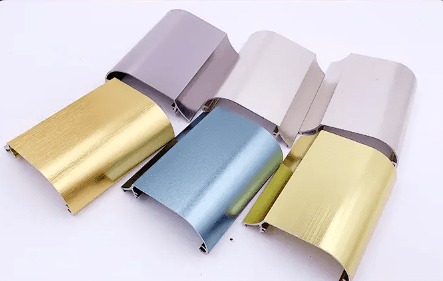
How to Determine Whether Aluminum Is Suitable for CNC Milling?
When choosing an aluminum alloy for CNC milling, several key factors must be considered to ensure optimal machining performance and product quality.
1. Material Hardness and Strength
Different aluminum alloy series exhibit varying levels of hardness and strength. For example, 6061 aluminum alloy offers moderate hardness, making it suitable for general CNC milling applications. In contrast, 7075 aluminum alloy has higher hardness and strength, requiring more robust machining tools and equipment. The hardness and strength of an alloy directly influence the cutting forces required, the tool wear rate, and the overall machining efficiency.
2. Machinability
The machinability of an aluminum alloy refers to its ease of cutting and shaping. Factors such as chip formation, tool wear, and surface finish are influenced by the alloy’s composition. Alloys like 6061 and 7075 generally exhibit good machinability, but specific machining parameters may need to be adjusted based on the alloy’s composition and the desired outcomes.
3. Application Requirements
The intended use of the machined part plays a crucial role in material selection. For instance, aerospace applications often demand high-strength, corrosion-resistant aluminum alloys to meet stringent performance requirements. The specific application will determine the necessary mechanical properties, such as tensile strength, yield strength, and fatigue resistance.
4. Machine Tool and Tooling Compatibility
The CNC machine tool must have sufficient power and rigidity to handle the cutting forces generated during machining. Factors like spindle speed, feed rate, and tool diameter must be carefully considered to prevent tool breakage or machine damage. Additionally, the cutting tools must be specifically designed for machining aluminum alloys, with appropriate coatings and geometries to optimize performance and tool life.
5. Processing Environment
Aluminum alloys generate heat during machining, which can lead to thermal expansion, tool wear, and poor surface finish. The use of appropriate coolants is essential to dissipate heat and maintain dimensional accuracy. Coolants can also improve tool life and surface finish by reducing friction and preventing built-up edge formation.
6. Cost-Effectiveness
The cost of the aluminum alloy and the associated machining costs must be considered within the overall project budget. While high-performance alloys may offer superior properties, they may also come at a higher cost. It is important to balance the material cost with the desired performance characteristics.
7. Post-Machining Treatments
Some aluminum alloys may require additional heat treatments or surface treatments to improve their properties or meet specific application requirements. For example, anodizing can be used to enhance corrosion resistance, while heat treatment can increase strength or hardness.
By carefully considering these factors, you can select the most suitable aluminum alloy for your CNC milling aluminum parts project. It is often beneficial to conduct test cuts to verify the machinability of the chosen alloy and fine-tune the machining parameters. Factors such as tool wear, surface finish, and dimensional accuracy should be monitored during the trial process.
Additional Considerations:
- Alloy Composition: The specific elements present in the aluminum alloy can significantly affect its properties and machinability.
- Workpiece Geometry: The complexity of the workpiece and the desired tolerances will influence the choice of machining strategies and tooling.
- Tolerances: The required tolerances for the finished part will determine the necessary level of precision in the machining process.
- Surface Finish: The desired surface finish will influence the choice of cutting tools and machining parameters.
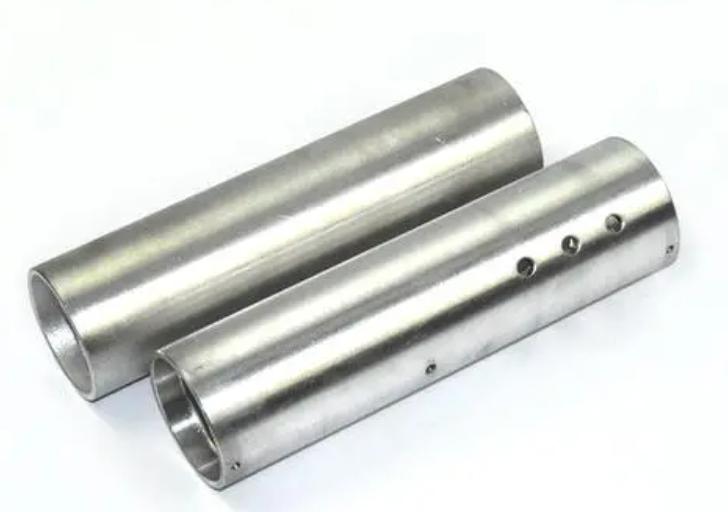
Conclusion
The successful implementation of CNC milling on aluminum alloys hinges on a comprehensive understanding of material properties, machining processes, and application requirements. By recognizing the diverse applications of different aluminum alloys, avoiding common misconceptions, and carefully evaluating material suitability, you can make informed decisions to optimize their operations. A simpler way, contact the professional CNC machining parts manufacturer for more information.


